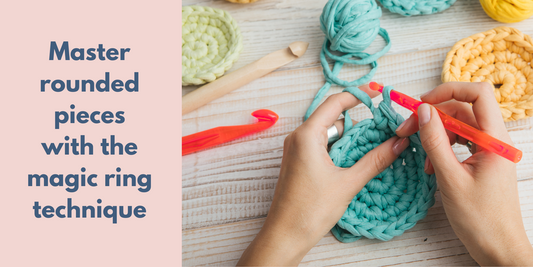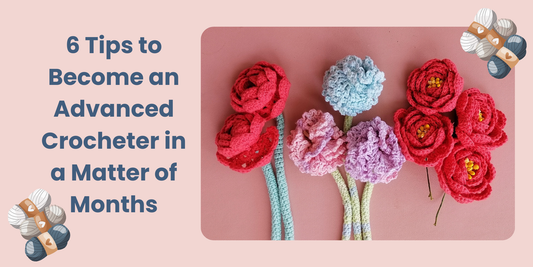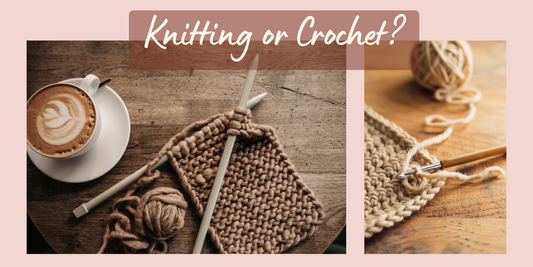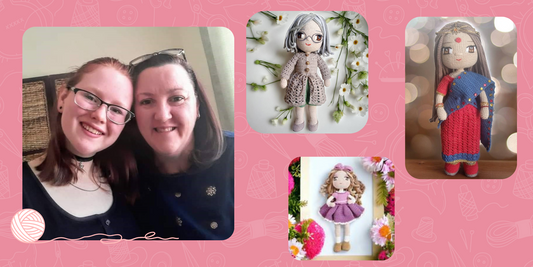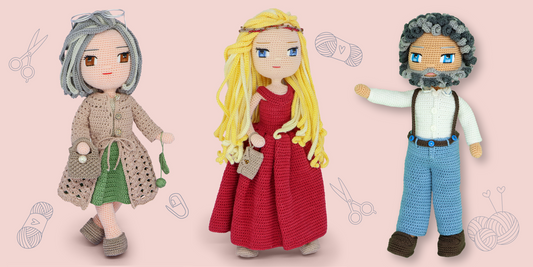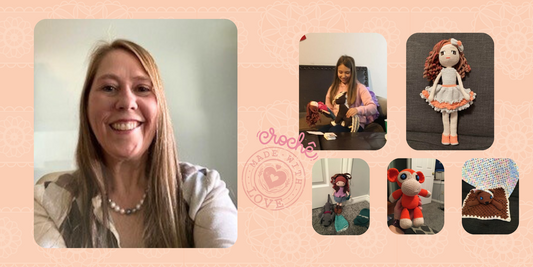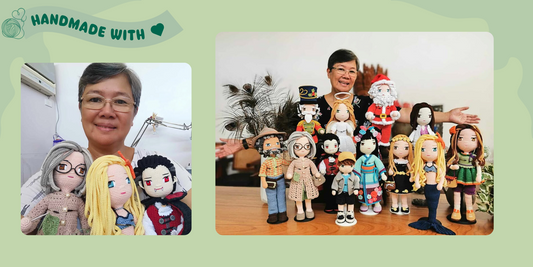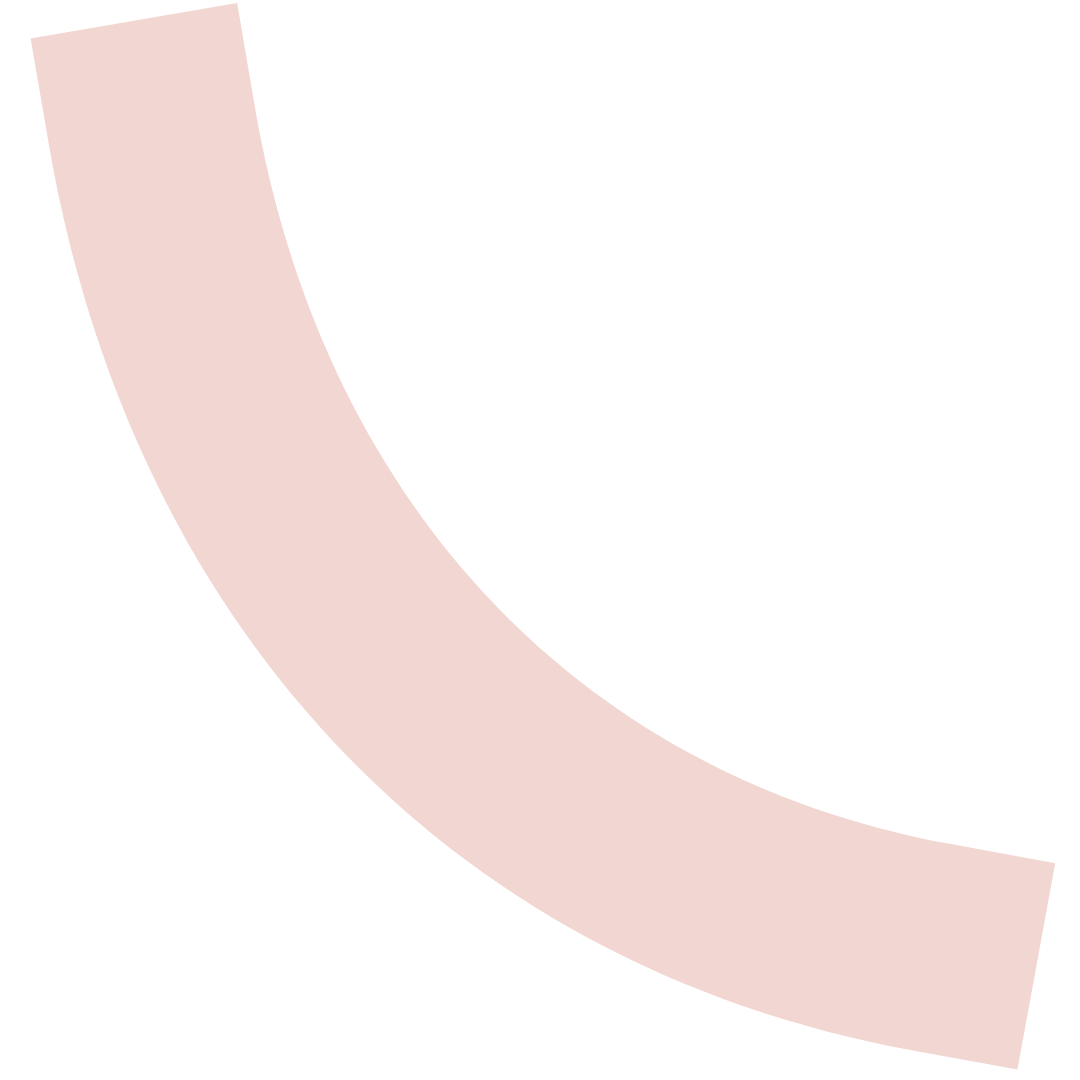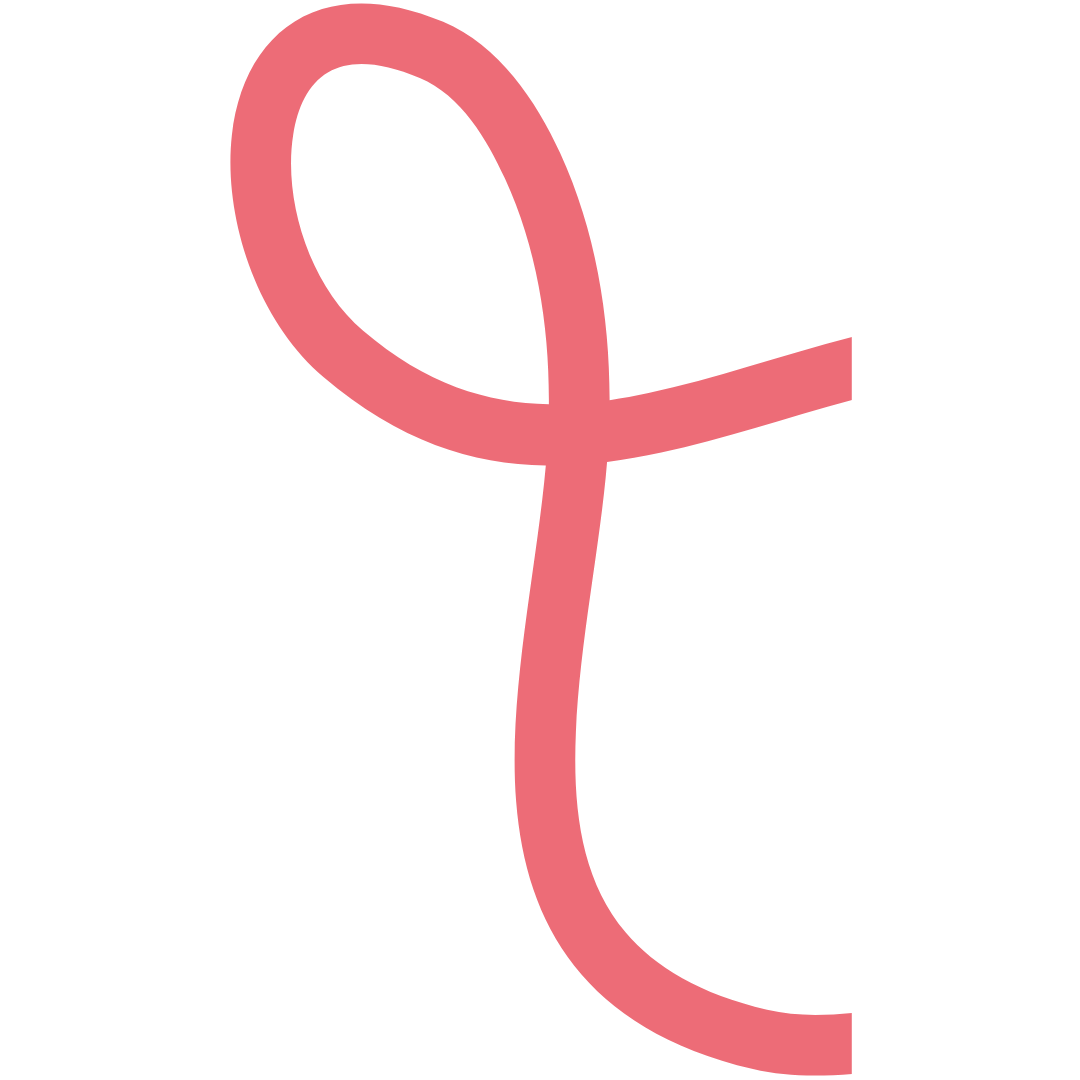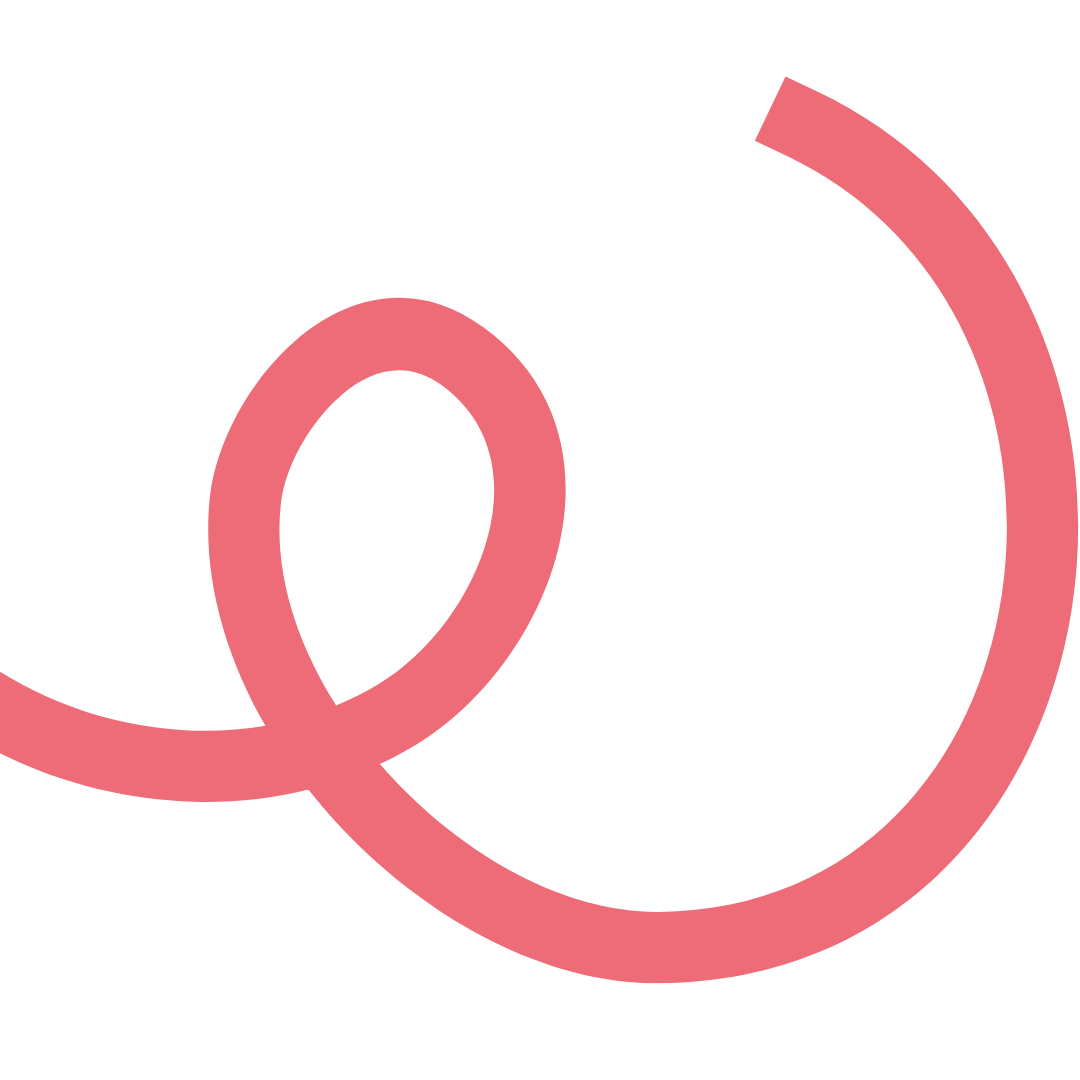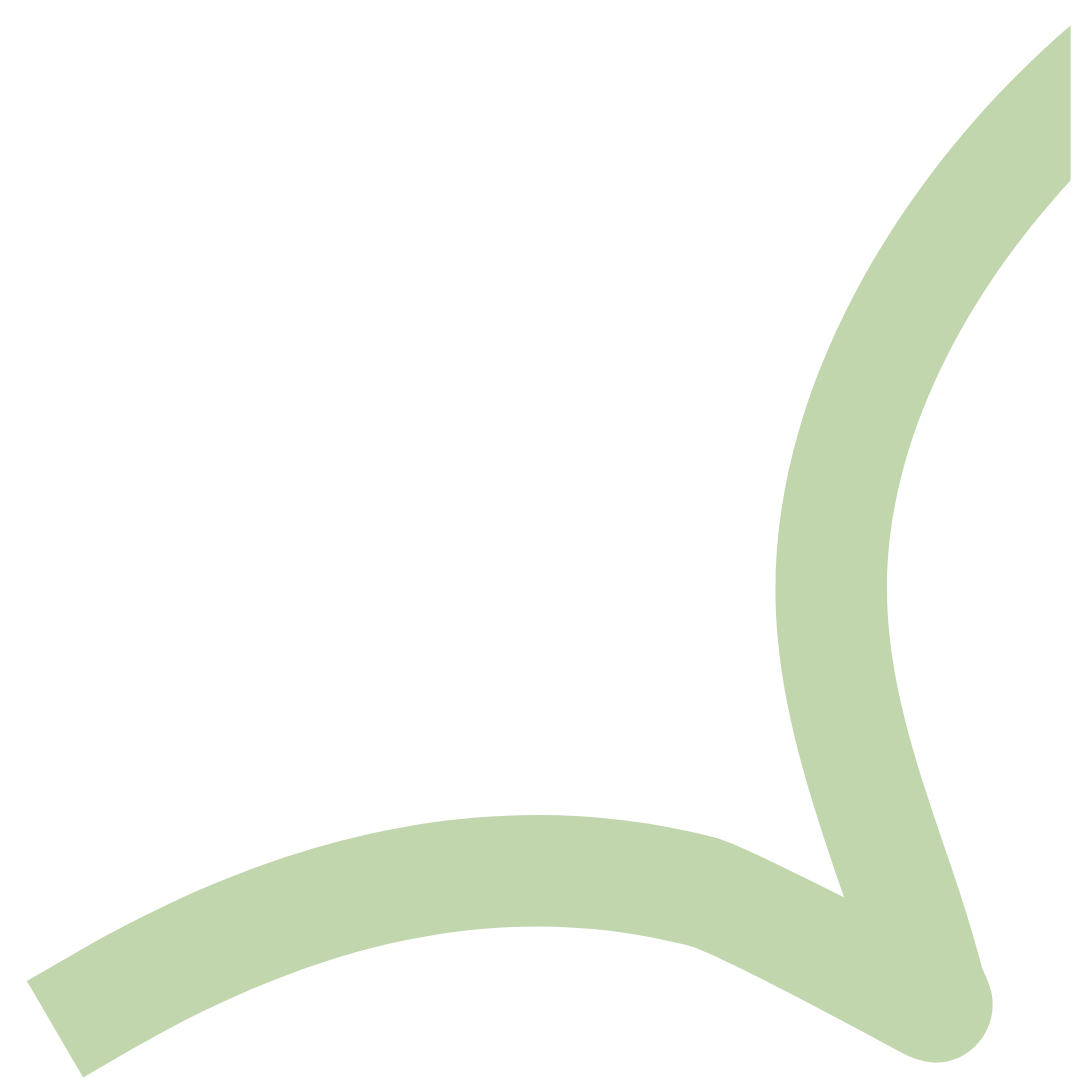Crafting crochet dolls is a delightful way to blend solid technique with intricate detail, resulting in unique and cherished creations. With a plethora of crochet doll patterns available, you can bring to life dolls that are as individual as they are beautiful. In this guide, we'll explore the essential materials, techniques to master before you begin, and tips to make your crochet dolls truly special.
Gathering Your Materials
Choosing the Right Yarn
Most crochet doll patterns recommend using fingering weight or DK (double knitting) weight yarn. These lightweight yarns are also favored for garments worn close to the skin due to their softness and drape. For our dolls, we prefer fingering weight 100% mercerized cotton because of its vibrant colors and smooth finish.
While it's important to start with the yarn specified in your pattern, feel free to let your imagination soar. With countless colors and fiber types available both online and in local craft stores, you can customize your doll's skin, hair, and eye colors. Experimenting with different fibers for clothing can add texture and interest to your creation.
Important Tip: If your doll is intended to be washable, it's crucial to use the same fiber type throughout the main body to prevent uneven shrinkage. Accessories and clothing that will be washed separately can be made from different fibers like cotton or polyester.
Essential Tools
- Crochet Hook: Your primary tool, the crochet hook size should align with your pattern's recommendation. Always create a test swatch to ensure your hook and yarn combination achieves the correct gauge. Individual tension varies, so adjustments might be necessary.
- Scissors: A small pair of sharp scissors is indispensable for trimming yarn ends and finishing your project neatly.
- Yarn Needle: Used for assembling parts, weaving in ends, and embroidering facial features, a yarn needle is vital for adding those final touches.
Optional but Helpful Tools:
- Stitch Markers: Perfect for keeping track of your rounds and ensuring symmetry. Opt for smooth, latch-on markers that won't snag your yarn.
- Stuffing Tool: While not mandatory, tools like knitting needles, chopsticks, or wooden spoons can help stuff narrow limbs efficiently.
- Sewing Needle and Thread: Useful for securing stuffing or closing openings, especially when working with small or delicate parts.
Selecting the Filling
When it comes to stuffing your doll, you have options:- Synthetic Polyester Filling: Lightweight and easy to use, it's a common choice for amigurumi.
- Natural Fibers: Cotton or bamboo fillings are eco-friendly alternatives.
Consistency is Key: Match your filling material with the yarn used to prevent issues during washing. If your doll needs structure—to sit, stand, or have poseable limbs—consider adding a wooden dowel for the neck or coated wire for arms and legs.
Techniques to Master Before You Begin
Even though some crochet dolls are crafted as a single piece, most patterns involve assembling multiple parts. This approach allows for more detailed shaping but requires careful workmanship. It's assumed you're familiar with basic stitches like single crochet (sc), double crochet (dc), and half-double crochet (hdc). Here are some additional techniques to enhance your doll-making:Magic Circle (or Ring)
The magic circle is a foundational technique for starting pieces like the head, arms, or any round component. It allows you to pull the starting loop tightly closed, eliminating any hole in the center—a crucial step to prevent stuffing from escaping.
Increasing and Decreasing
- Increase: Adds shape and dimension by working two stitches into a single stitch from the previous round.
- Invisible Decrease: Creates smooth transitions by pulling up loops from the next two stitches, yarning over, and pulling through all loops on the hook. Mastering increases and decreases allows you to shape your doll with realistic curves and contours.
Elevating Your Amigurumi Dolls
To transform your crochet dolls from delightful to extraordinary, consider these expert tips:
Maintain Tight and Even Tension
A consistent, tight tension results in a polished appearance:
- Benefits: Prevents gaps between stitches, ensuring the stuffing remains hidden and the doll's surface appears smooth.
- Technique: While it might be slightly more challenging to insert your hook into tighter stitches, the end result is a professional-looking doll that's well worth the effort.
Stuff Firmly and Evenly
The way you stuff your doll greatly affects its final shape and feel:
- Firm Stuffing: Provides structure and helps the doll maintain its form over time.
- Adjust for Movement: If you desire movable limbs, use slightly less stuffing.
- Using Wire Structures: For poseable arms and legs, wrap coated wire with fabric or pantyhose before inserting and stuff lightly around it to prevent any sharp ends from poking through.
Ensure Symmetry
Symmetry enhances the aesthetic appeal of your doll:
- Use Stitch Markers: Mark key points like the start of rounds or placement of features to keep everything aligned.
- Double-Check Placements: Before securing parts permanently, compare both sides to ensure eyes, arms, and legs are evenly positioned.
Dedicate Time to Details
The small details bring your doll to life:
- Facial Features: Embroider eyes, noses, and mouths with care, using high-quality threads for a refined look.
- Accessories and Clothing: Add embellishments like buttons, bows, or embroidery to outfits for extra charm.
- Textural Elements: Incorporate ruffles, lace, or unique stitch patterns in clothing and accessories to showcase your skill.
Example: A doll adorned with a flowered headband matching floral accents on her dress and shoes, or lacy ruffles on the neckline and hem, becomes a treasured keepsake thanks to these thoughtful additions.
Conclusion
Creating crochet dolls is more than just following a pattern—it's an art form that combines technical skill with creative expression. By carefully selecting materials, mastering essential techniques, and paying attention to the finer details, you can craft dolls that are not only beautiful but also uniquely yours.Remember, the joy is in the journey as much as the finished product. Embrace each challenge as a learning opportunity, and don't hesitate to experiment. With patience and practice, your crochet dolls will transform from simple yarn and stuffing into beloved companions that bring joy to all who see them.
Happy crocheting!



